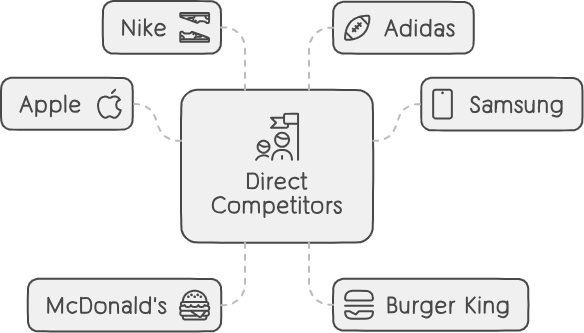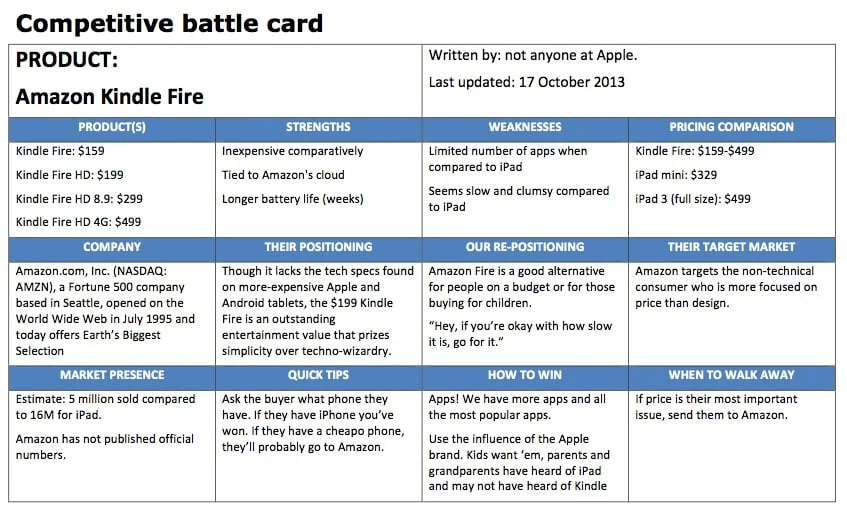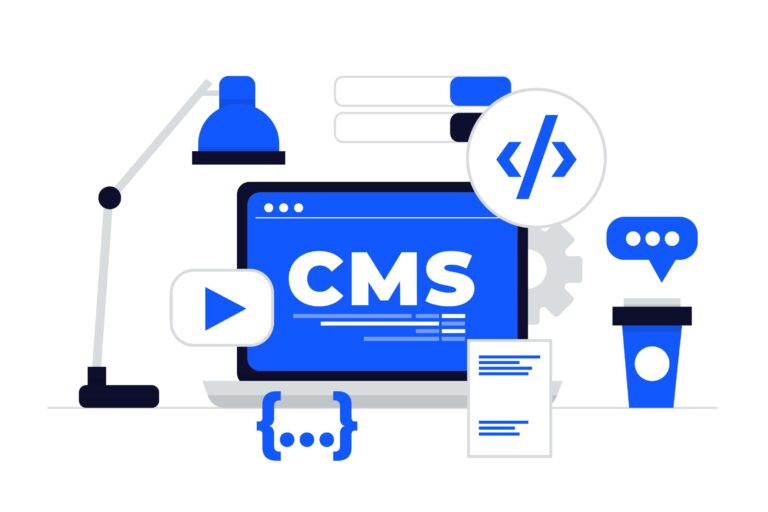How to stay ahead of competition?
Imagine you have a few coins in your pocket and you’re standing in front of a big candy store, trying to decide which candy to buy. There are so many choices: chocolate bars, gummy bears, lollipops, and more. You want the best candy for your coins, right?
Competitive analysis is like looking around at all the candy options before you decide. You check out which candies are the biggest, which ones have the coolest wrappers, and even ask your friends which ones they like best.
You gather all this candy info to make a super choice. You find out which candy gives you the most yumminess for your coins, which one is the most popular, and even which one is the newest flavor.
Doing a “competitive analysis” helps you pick the best candy and not waste your precious coins. Similarly in a real business, competitors look at what others are selling and try to offer something even better to their customers. It’s all about making the smartest choice with what you’ve got!

Understanding the Basics
Competitive analysis means looking closely at other businesses in your area to see what they’re doing right and wrong, searching for clues that can help you stand out and attract more customers.
“Stay ahead of the competition not by running faster, but by paving new paths they’ve yet to discover.”
1. Start with a Simple Google Search
Just like finding a good restaurant, start by searching Google for businesses like yours. Pay attention to the first page of results because that’s where most people look. The companies you see there are your main competition. For example, if you run a café in Boston, search for “cafés in Boston” and see who shows up.
2. Dive into Keywords
Keywords are the words people use when they search for something online. By knowing which keywords are popular, you can figure out who your competitors are. Tools like Google’s Keyword Planner can help you find these keywords. If you’re selling handmade candles, look for keywords like “handmade candles” or “natural candles” and see which businesses pop up.
3. Check Out Social Media
Social media is like the town square of the internet. It’s where people chat about their likes and dislikes. Look up your business name on platforms like Twitter or Instagram to see what people are saying. You might find conversations where people mention your business alongside others. This gives you a clue about who your competitors are.
4. Do Some Market Research
Market research sounds fancy, but it’s really just about getting to know your market better. You can do this by reading industry magazines, checking out online forums, or even chatting with your customers. The goal is to understand who else is offering products or services like yours.
5. Ask Your Customers
Your customers are a goldmine of information. Simply asking them why they chose you over others can give you insights into who your competitors are. You can do this through surveys, feedback forms, or casual conversations.
Types of competitors
Direct competitors: Businesses offering similar products/services to the same target audience, essentially. Think Apple vs. Samsung, McDonald’s vs. Burger King.

Indirect Competitors: They’re in the race but running on a different track. They offer different products or services that meet the same need. Like a pizza place and a burger joint both competing for your dinner choice.

Here are the different aspects to consider when doing competitive analysis:
| Aspect | Description |
|---|---|
| Direct Competitors | Businesses offering similar products/services to the same target audience. |
| Indirect Competitors | Businesses offering different products/services that meet the same need. |
| Strengths | Positive attributes of the competitor. |
| Weaknesses | Negative attributes of the competitor. |
| Opportunities | External factors that can benefit the competitor. |
| Threats | External factors that can harm the competitor. |
| Competitive Advantage | What sets the competitor apart from others. |
| Market Share | Percentage of the market controlled by the competitor. |
| Pricing Strategy | How the competitor sets their prices. |
| Marketing Strategy | How the competitor reaches and engages their target audience. |
| Target Audience | Who the competitor is trying to sell to. |
| Product/Service Offerings | The range of products or services the competitor offers. |
| Brand Image | The perception of the competitor in the market. |
| Customer Service | The level of service the competitor provides to customers. |
| Distribution Channels | The channels the competitor uses to sell their products/services. |
| Growth Strategies | How the competitor plans to expand and grow. |
| Financial Performance | The financial health and profitability of the competitor. |
Leverage the below competitive battle card style to build battle cards for your most important competitors.

How do use all this competitive information?
Here are some tips:
- Keep It Simple: Just like Apple’s sleek designs, your approach to competitive analysis should be straightforward. Focus on what’s most important.
- Tell a Story: People love stories. Use what you learn about your competitors to tell a story about how your business is different and better.
- Build a Community: Just like Apple’s loyal fans, aim to create a community around your business. Engage with your customers and make them feel like they’re part of something special.
- Integrate Your Findings: Use what you learn from competitive analysis to improve your products, services, and marketing. Make sure everything works together smoothly.






